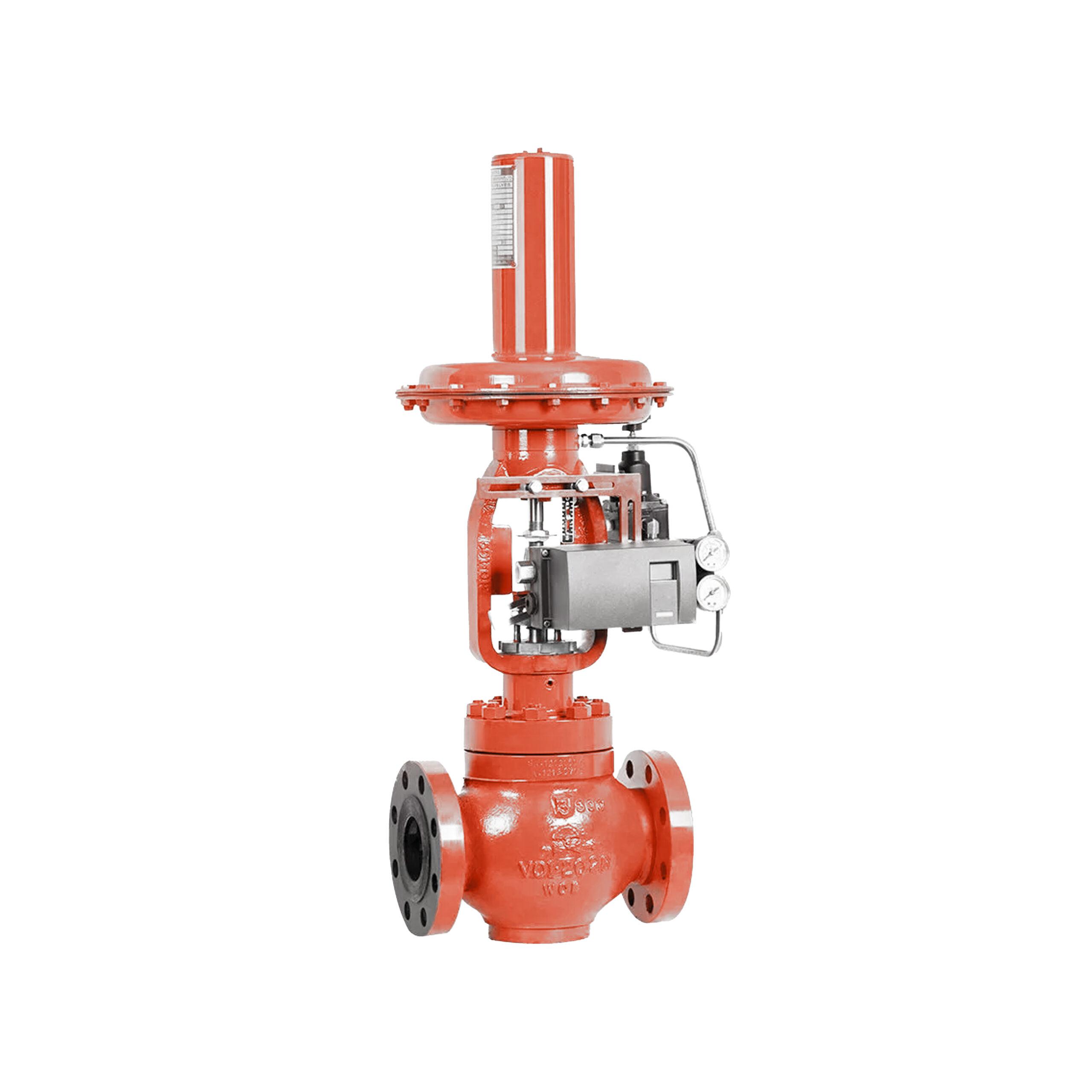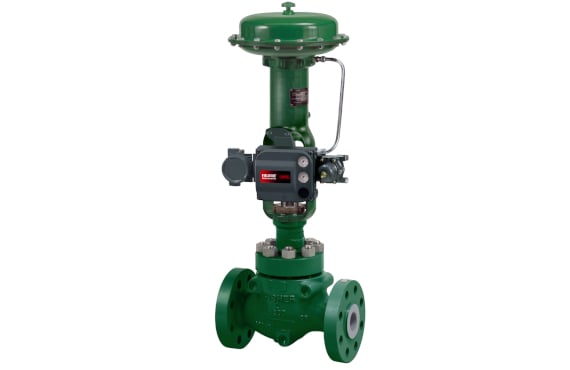Choosing the Right Control Valves: A Guide to Optimal System Efficiency
Choosing the Right Control Valves: A Guide to Optimal System Efficiency
Blog Article

Maximize Energy Savings and Convenience With Advanced Building Automation Controls
In the realm of modern design and facility monitoring, the combination of advanced building automation manages stands as an essential improvement. The merging of technology and sustainability has actually birthed a new age where power effectiveness, convenience optimization, and functional streamlining are no more far-off desires yet achievable truths. By utilizing the power of automation, structures can adjust, react, and advance in methods that were when unimaginable. The potential for significant energy financial savings and improved convenience is not just a guarantee however a possibility waiting to be fulfilled. This standard change in structure administration holds the vital to unlocking a world where environmental conscientiousness and owner health harmoniously exist side-by-side within the wall surfaces of our structures.
Energy Efficiency Advantages
Energy efficiency advantages can considerably lower power intake and functional costs in structures. By executing energy-efficient techniques and technologies, building owners and drivers can achieve considerable savings while likewise contributing to ecological sustainability. One of the primary advantages of enhancing energy efficiency in structures is the decrease of utility expenses. Energy-efficient systems, such as sophisticated structure automation controls, can enhance using resources like heating, cooling, and lighting, causing reduced energy expenditures with time.
In addition, boosted power efficiency can prolong the life-span of building devices and systems. By running extra successfully, a/c systems, lighting fixture, and other building components experience less damage, leading to lowered maintenance and replacement prices. Additionally, energy-efficient structures commonly regulate higher residential property values and rental rates, giving lasting financial benefits to owners.
Moreover, power efficiency can improve occupant comfort and productivity. Correctly controlled indoor settings with optimum lights and thermal problems create an even more conducive and positive office, bring about improved worker fulfillment and performance. Generally, the power effectiveness benefits connected with innovative structure automation controls are complex, encompassing cost financial savings, ecological stewardship, and resident well-being.
Enhanced Convenience Control
Enhancing convenience control in structure environments requires an advanced integration of advanced automation systems for ideal passenger wellness. By making use of innovative structure automation controls, facilities can tailor the interior atmosphere to satisfy the details demands and preferences of residents. These systems enable exact guideline of temperature level, illumination, and air flow, producing a productive and comfortable environment. Resident fulfillment and productivity are very closely connected to thermal convenience, making it important to have systems in position that can adjust to transforming conditions in real-time.
Improved convenience control goes past standard temperature modifications. It consists of features such as customized setups, tenancy sensing units, and all-natural light usage to produce a vibrant and responsive environment. By integrating these advanced controls, structures can not only improve comfort yet additionally improve energy performance by maximizing system procedures based on real occupancy and use patterns. Inevitably, prioritizing passenger convenience through innovative automation systems results in a more satisfying and healthier interior atmosphere.
Operational Effectiveness Improvements

Additionally, the execution of real-time surveillance and analytics devices allows building drivers to identify power inefficiencies and operational abnormalities promptly. By continuously keeping an eye on power use patterns and system performance metrics, changes can be made in real-time to optimize energy intake and guarantee peak functional performance. control valves. In addition, including need reaction techniques right into structure automation controls can better improve functional effectiveness by dynamically adjusting energy use based upon grid conditions and prices signals
Indoor Climate Optimization
Effective interior climate optimization is an essential element of building automation controls, guaranteeing passengers' comfort and health while taking full advantage of power cost savings. By using advanced sensing units and controls, constructing automation systems can continuously keep track of and adjust temperature level, humidity degrees, air top quality, and ventilation to develop an optimum interior setting. Preserving comfortable and consistent conditions not just boosts owner complete satisfaction however also enhances performance and overall wellness.
Indoor environment optimization also plays a critical duty in power efficiency. By fine-tuning air conditioning, air flow, and home heating systems based on real-time information and tenancy patterns, constructing automation controls can significantly minimize energy intake - control valves. Executing approaches such as demand-controlled ventilation and thermal zoning can assist lessen power waste while making certain that each location of the building gets the needed conditioning.

Lasting Atmosphere Production
Structure automation regulates not only maximize indoor climate problems for energy performance and owner convenience yet likewise lay the structure for developing a sustainable atmosphere through strategic management of resources and systems. By integrating sophisticated structure automation modern technologies, such as sensing units, actuators, and smart software program, centers can Discover More keep an eye on and readjust energy usage in real-time to minimize waste and lower their carbon footprint. These systems make it possible for predictive upkeep, determining possible concerns prior to they rise and enhancing tools performance to boost longevity and efficiency.
In addition, lasting atmosphere development expands past power monitoring to include water conservation, waste decrease, and interior air quality renovation. Structure automation controls can regulate water usage, spot leakages, and guarantee correct waste disposal methods, adding to general sustainability initiatives. Additionally, by controlling and checking air flow and filtration systems, these modern technologies improve occupant wellness and efficiency while reducing energy consumption connected with a/c operations.
Final Thought
Finally, progressed building automation regulates offer significant advantages in terms of energy cost savings, comfort control, functional efficiency, interior climate optimization, and producing a lasting environment. By carrying out these controls, structures can accomplish ideal performance while minimizing power usage and boosting owner convenience. It is apparent that using innovative automation innovation is crucial in useful content enhancing structure efficiency and developing an extra sustainable future.
Energy effectiveness benefits can substantially lower energy usage and functional costs in buildings. On the whole, the energy performance advantages linked with sophisticated building automation controls are diverse, including cost financial savings, ecological stewardship, and passenger wellness.
In addition, including need action strategies into building automation controls can better improve functional efficiency by dynamically changing power usage based on grid problems and prices signals.
Building automation manages not just enhance indoor climate problems for energy effectiveness and passenger convenience yet also lay the foundation for developing a lasting environment via strategic management of systems and resources.In conclusion, progressed structure automation manages this offer significant advantages in terms of power savings, comfort control, operational performance, indoor climate optimization, and producing a sustainable atmosphere.
Report this page